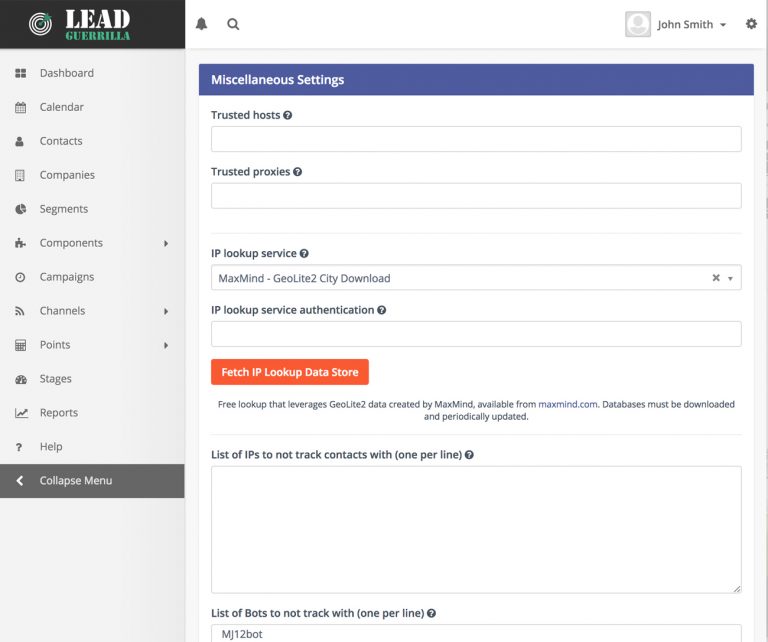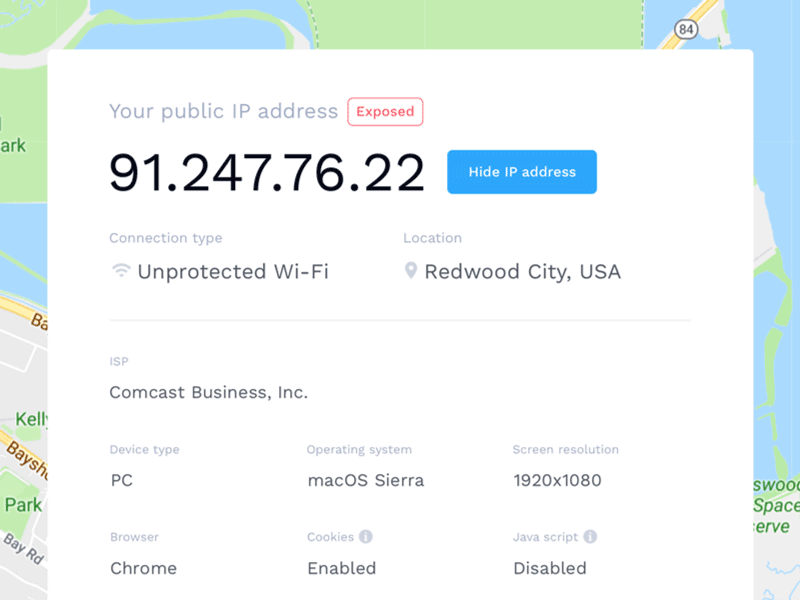

To stop a thief, one has to think like a thief. These websites may belong to the same organization or different organizations. As a result, the attacker will also have access to all the information on website A. Now suppose website B has bugs that are easy to exploit, and by exploiting these bugs or vulnerabilities, they can get hold of the server hosting these web applications. In this case, a hacker does the reverse IP lookup, and let’s say they find out that Website B is also registered on the same server. Let’s say website A is the target web application, and hackers couldn’t find any vulnerabilities to exploit. Now the question is what the attacker will do by knowing the names of other web applications that are running on the same server. It essentially returns a list of all domain names with the same IP address. It finds all the DNS A records associated with a specific IP address. What is Reverse IP Lookup?Ī reverse IP lookup looks up the domain name and IP address and lists all the domains hosted on the same server. Then it shows the hostname that the reverse DNS record points to for the given IP. Here it shows the details about DNS resolver information first. This does a lookup and first tells where it’s getting the information from. In the below example, you can see that I performed DNS and reverse DNS lookup on the target website. On Windows, Mac, and Linux, there is a command called nslookup. Performing a Reverse DNS lookup on an IP can be done easily by running commands in a terminal. Reverse DNS entries are stored in a particular PTR-record type. Without even an rDNS record, domains will still load. A domain must point to an IP address, but the IP address does not need to have a Reverse DNS record on it. Reverse DNS, often known as rDNS, is not as widely utilized as conventional DNS lookups. You just begin by looking up the IP address to see what domain or hostname is associated with it. DNS record is just like a phone book for the internet where we save the contacts using the name for mobile numbers.Ī reverse DNS record is the exact opposite of a forward DNS record.

This is done each time you go to a website on the internet. This is known as forward resolution and has a forward DNS record. What is Reverse DNS lookup?Ī typical DNS record points a domain name to an IP address, which tells a computer where a request for information should be sent on the internet.
IP LOOK UP HOW TO
This article will look at how to perform DNS and IP reverse lookup using some online tools for security research. The DNSSEC protocol implementation is one of the most well-known ways to protect against DNS threats like DNS hijacking and on-path attacks. You’re at the right place if you want to learn about Reverse DNS lookup and Reverse IP lookup and the different tools to perform them.ĭNS lookup is a valuable source of information that can assist organizations and attackers in detecting DNS vulnerabilities.


 0 kommentar(er)
0 kommentar(er)
